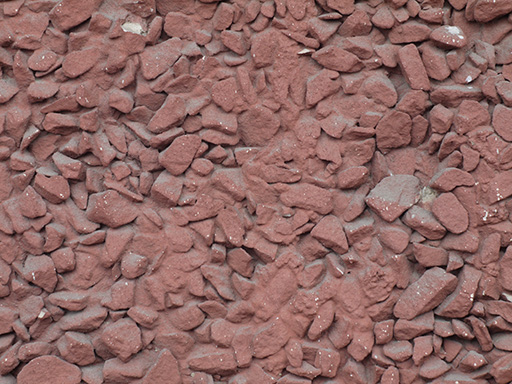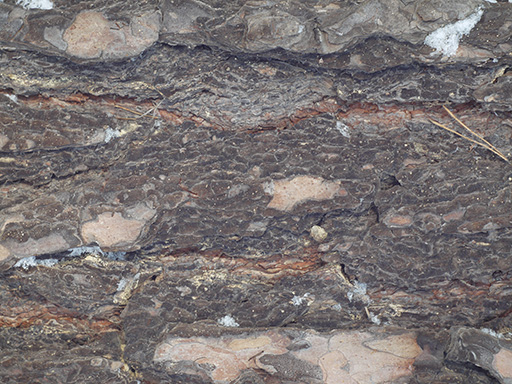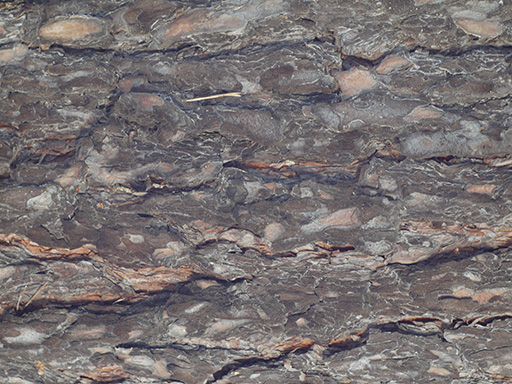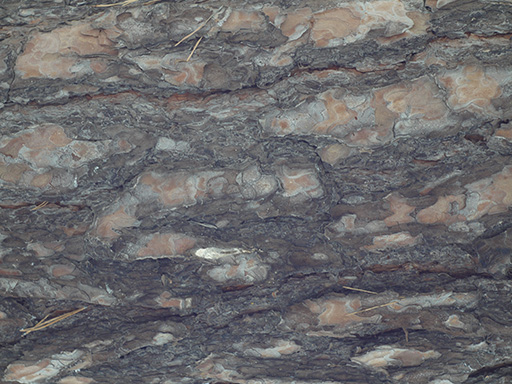
Lets meet with external USB sound card Behringer U-CONTROL UCA202, able to record and play stereo sound and having digital optical Toslink S/PDIF out. Its top side has : Direct Monitor switch, allowing to send signal from inputs directly to headphones, 2 RCA inputs and 2 RCA outputs with gold-plated connectors; on front side there is USB connection indicator; to its left side USB cable itself is mounted. Bottom side has : digital optical Toslink S/PDIF output, 1/8″ mini-jack output for headphones and volume control wheel. Behringer U-CONTROL UCA202 works with sampling rates up to 48 kHz and 16 bits per sample precision ( this is too small for high-quality audio recording ); all inputs and outputs are unbalanced, it has no ability of phantom power +48 V plugging to inputs; connectors technical details are as following : outputs ( 27 kOhms impedance, maximal input signal level 2 dBV ), outputs ( 400 Ohms, 2 dBV ) and headphones output ( 50 Ohms, 3.7 mW ).
Device draws maximum 100 mA of current; its THD is 0.05 % ( this is relatively high in comparison with studio audio interfaces ), channels penetration -77 dB ( this is good value, if all audio tract supports it and not only DAC or ADC ) and signal to noise ratio 89 dB for analogue to digital conversions and 96 dB for digital to analogue conversions ( it seems, that it is related only to DAC and ADC and analogue part considerably lowers these values ). Card’s sizes are 88 ( width ) x 60 ( height ) x 22 ( depth ) mm and mass is 0.1 kg; card is fully powered from USB connection. With it DAW Tracktion is supplied for sounds recording and processing; it is eligible to 3-years warranty. It has no specialized ASIO 2.0 drivers, so it is not very well suited for work with DAWs; but there is ability to download and install ASIO4ALL drivers, which emulate this interface.
Package contains : Behringer U-CONTROL UCA202 sound card itself, warranty card and user’s guide. Its strong sides are : compact sizes and small mass, stereo recording and playback support, digital optical output and not too high price; wherein 16 bits per sample precision is too small for high quality sounds recording and inputs and outputs and DAC and ADC have not very high characteristics for studio sounds recording. So, it is better to invest slightly more money in sound card purchasing and buy enrtry-level studio audio interface with much better connectors and DAC and ADC, then to invest them into purchasing of device, which costs almost like entry-level studio interfaces, but is much weaker than them.



